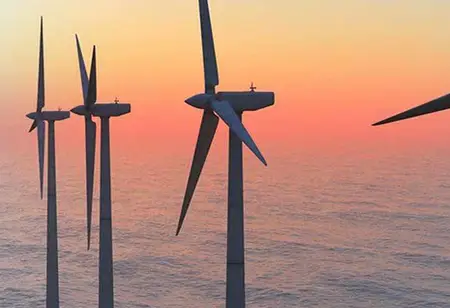Thank you for Subscribing to Energy Business Review Weekly Brief
Thank you for Subscribing to Energy Business Review Weekly Brief

By
Energy Business Review | Saturday, January 22, 2022
Stay ahead of the industry with exclusive feature stories on the top companies, expert insights and the latest news delivered straight to your inbox. Subscribe today.
A crucial component of energy trading strategy is risk management through rights, call, and put options intended to transfer financial risk between participants.
FREMONT, CA: Electricity and gas - as well as other energy commodities used in electricity generation - can be bought, sold, and marketed upon markets or exchanges through bids to buy, offers to sell, short-term trades, and financial instruments, for example, futures, forward contracts, and derivatives.
Every objective - immediate need, future price protection, risk mitigation - has been associated with energy trading tactics.
Typically energy trading comprises:
• SPOT TRADING - A deal in which delivery takes place immediately or with a minimum time between the trade and delivery because of technical restraints.
• FORWARD CONTRACTS - A forward contract is an agreement between two sides to exchange a provided quantity of a commodity at some set future date for a price determined today.
• FUTURES CONTRACTS - A futures contract is the same as a forward contract but is standardized regarding the quality, quantity, delivery time, and location of each commodity and transacted using a futures exchange.
• HEDGING - A strategy for reducing or transferring risk, usually executed via call or put options. More sophisticated techniques employ other derivatives or combinations of derivatives.
A crucial component of energy trading strategy is risk management through rights, call and put options intended to transfer financial risk between participants.
The Energy & Commodity Trading data model gives an integrated data architecture that supports energy trading organizations' trading and analytic requirements.
I agree We use cookies on this website to enhance your user experience. By clicking any link on this page you are giving your consent for us to set cookies. More info

However, if you would like to share the information in this article, you may use the link below:
https://www.energybusinessrevieweurope.com/news/the-trading-of-energy-and-commodities-nwid-697.html



